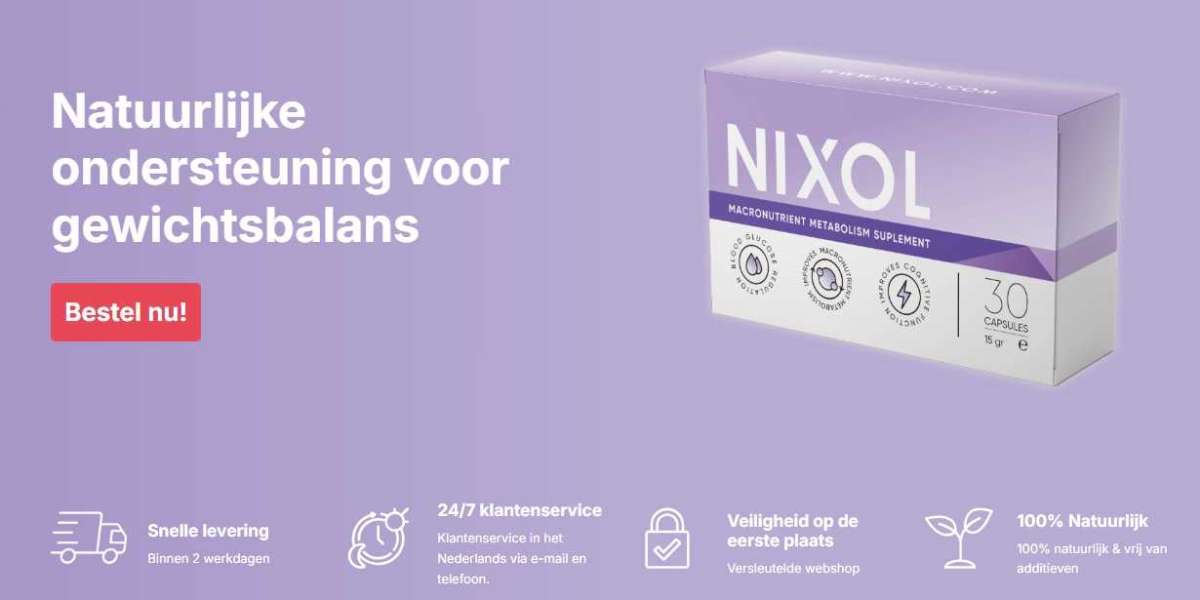Email has always been the cornerstone of B2B communication. But as decision-makers become harder to engage, traditional newsletters are losing their impact—faster than many marketers anticipated.
The need for dynamic, experience-driven content is pushing a shift in strategy. That’s where Immersive Email comes into play, creating interactive, behavior-responsive touchpoints that outperform static formats.
The Failure of Traditional B2B Email Formats
For years, marketers relied on static newsletters for outreach. But metrics have shown a steep decline in open rates, click-throughs, and reader retention. Why?
- Static layouts feel outdated: Flat, templated emails with generic copy no longer capture a reader’s attention. Recipients skim, skip, or delete them without a second thought.
- They lack personalization: Even with CRM tools, most newsletters feel like mass messages. They’re not built to respond to reader behaviors in real time.
- Limited feedback loop: Traditional emails offer minimal interaction—usually a link click or a reply—providing little insight into reader engagement.
- Inconsistent mobile experience: Static templates often don’t adapt well across devices, breaking layout and UX on smaller screens.
This stagnation is driving marketers to find alternatives that can break through inbox fatigue.
What Makes Immersive Email Different?
Unlike traditional formats, immersive emails are built with interaction in mind. They use dynamic content blocks, embedded media, and logic-based personalization to serve real-time relevance.
Real-Time Adaptation
These emails adjust based on behavior, device, or recipient profile. If a user clicks a specific product feature, the next email showcases related tools. If they open on mobile, the layout simplifies automatically.
Interactive Elements Boost Engagement
Features like live carousels, embedded video, collapsible sections, and clickable navigation allow users to explore content as they would on a website—without leaving the inbox.
Behavior-Triggered Logic
Immersive platforms track micro-engagements. Did the reader hover on a CTA? Did they pause over a video? These cues guide what content they see next, making the funnel smarter.
Native CRM Integration
These emails sync tightly with CRM systems. Sales teams can see what a lead engaged with and respond with precision, increasing pipeline velocity.
How It’s Changing the B2B Sales Funnel
The traditional sales funnel depends on nurturing leads across long cycles. Immersive emails compress this timeline by improving every stage: awareness, interest, and conversion.
Better Top-of-Funnel Targeting
- Micro-animations and data-fed content pull users into the story
- Lead scoring improves as every action becomes a measurable signal
- Prospects stay longer within each touchpoint, reducing bounce
Nurture Sequences With Predictive Logic
- Email flows change automatically based on recipient behavior
- High-value prospects receive personalized content without manual segmentation
- Engagement maps reveal which assets drive intent signals
Shorter Decision Timelines
- Visual walkthroughs embedded in email mimic product demos
- Calendars, chat, and pricing blocks are built directly into the message
- Less clicking out means fewer drop-offs and faster next steps
Key Use Cases in B2B
B2B brands across SaaS, manufacturing, fintech, and education are embracing immersive email to meet specific pipeline objectives.
For SaaS Companies
Product onboarding becomes smoother with embedded tutorials and feature highlights triggered by usage history.
For Professional Services
Case studies and testimonials are layered within collapsible tabs, letting users choose what to explore based on interest level.
For Event Marketing
Dynamic countdowns, RSVP buttons, and agenda previews create urgency while keeping users informed within a single email.
Tech Stack Needed for Implementation
Switching to immersive email isn’t plug-and-play. It requires specific tooling and backend infrastructure.
- AMP for Email or HTML5 frameworks: These allow for dynamic rendering across clients
- Behavioral data platforms: Tools like Segment or Customer.io feed real-time data into the email engine
- CRM and ESP integration: Deep linking to Salesforce, HubSpot, or custom systems is key for automation
- Design tools for modular builds: Figma, MJML, or proprietary email builders that support component reuse
Without this tech stack, immersive strategies won’t scale.
Compliance and Deliverability Considerations
Dynamic emails must still meet global compliance standards. Marketers should verify:
- Email clients that support AMP or enhanced HTML
- GDPR and CAN-SPAM compatibility for each content block
- Accessibility features for screen readers and reduced motion preferences
- Fallback versions for clients that don’t support advanced formatting
Deliverability also depends on clean code and validated sending domains. Testing is critical before rolling out.
Measuring Success with Immersive Email
Standard metrics like open and click rates are just the beginning. Immersive email opens up deeper insights:
- Scroll depth and hover duration
- Section-by-section engagement
- Video completion rates within the email
- Button interaction vs. form abandonment
These metrics tie directly to funnel conversion analysis, giving marketers a more accurate picture of ROI.
Obstacles and Internal Pushback
Despite its promise, immersive email adoption can be slow. Here’s why:
- Legacy tech: Existing ESPs may not support interactivity
- Design limitations: Teams unfamiliar with modular email architecture face a learning curve
- Stakeholder resistance: Executives may doubt ROI or worry about compatibility issues
Change management and phased rollout strategies are essential. Pilot programs with clear KPIs can secure buy-in.
Future of B2B Content Distribution
The convergence of AI, CRM, and immersive formats signals a shift in how B2B brands communicate. Email is no longer a static document—it’s a living interface.
With further integration of predictive analytics and voice-enabled interactivity, the inbox will become an extension of a brand’s digital product.
Conclusion
Companies that adopt immersive email early gain a serious edge in capturing attention, reducing pipeline drop-off, and driving informed action across the buyer journey. When executed correctly, XR emails become more than just visually engaging—they become an engine for sales precision and deeper client relationships.







